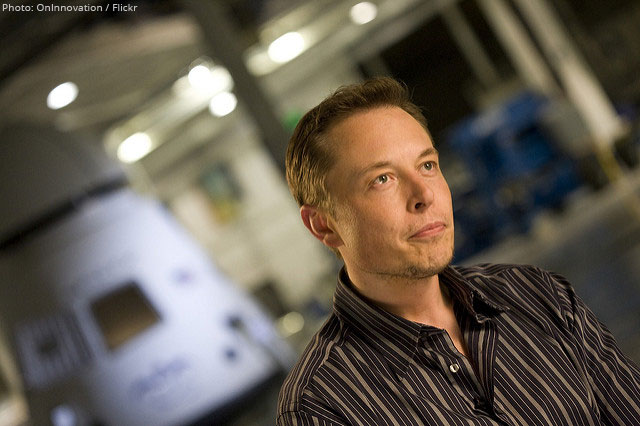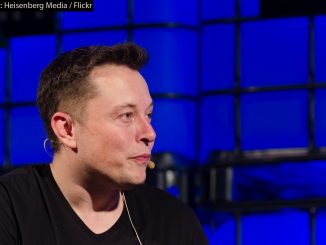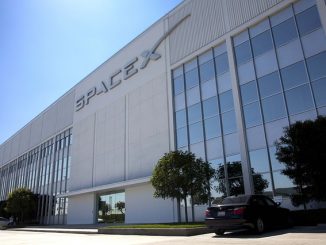When Elon Musk announced in 2014 that Tesla would open-source all of its patents, allowing other car companies to freely use the electric vehicle manufacturer’s technology, the move was met with widespread skepticism.
Wall Street analysts labeled the decision as “dumb,” predicting that Tesla would be crushed by competitors who would simply copy their innovations. However, as time has shown, Musk’s unconventional strategy has proven to be a masterstroke, defying traditional business wisdom and offering valuable lessons for entrepreneurs across industries.
The Bold Move
Tesla’s decision to open its patents was unprecedented in the automotive industry, where intellectual property is typically guarded zealously.
Musk’s rationale was simple yet profound: to accelerate the world’s transition to sustainable transport. By removing barriers to entry for other manufacturers, Tesla aimed to expand the electric vehicle market as a whole, rather than protecting its slice of a smaller pie.
Why It Worked
1. Market Expansion: By encouraging more players to enter the electric vehicle space, Tesla helped grow the overall market for EVs. This increased consumer awareness and acceptance of electric cars, benefiting Tesla as a leader in the field.
2. Ecosystem Development: Open-sourcing patents accelerated the development of supporting infrastructure, such as charging stations, making EVs more viable for consumers.
3. Innovation Acceleration: With more companies working on electric vehicle technology, the pace of innovation in the industry increased, ultimately benefiting Tesla as well.
4. Brand Enhancement: The move positioned Tesla as a mission-driven company, enhancing its brand image and appeal to consumers who value sustainability and innovation.
5. First-Mover Advantage: Despite sharing its technology, Tesla maintained its competitive edge through continuous innovation and its head start in the market.
Lessons for Entrepreneurs
1. Think Long-Term: Sometimes, short-term sacrifices can lead to long-term gains. Musk’s strategy focused on the bigger picture of industry transformation.
2. Challenge Conventional Wisdom: Just because something hasn’t been done before doesn’t mean it can’t work. Be willing to challenge industry norms.
3. Align Business with Mission: Tesla’s patent strategy aligned perfectly with its mission to accelerate sustainable transport, resonating with consumers and investors who shared this vision.
4. Create Collaborative Ecosystems: In emerging industries, collaboration can sometimes be more beneficial than competition, especially when it helps establish new markets.
5. Maintain Innovation Focus: Even when sharing intellectual property, continuous innovation is key to maintaining a competitive advantage.
6. Understand Your True Competition: Musk recognized that Tesla’s real competition wasn’t other EV makers, but the entire fossil fuel industry. This broader perspective informed his strategy.
Conclusion
Elon Musk’s decision to open-source Tesla’s patents demonstrates the power of unconventional thinking in business.
While initially met with skepticism, this move has played a crucial role in accelerating the adoption of electric vehicles and solidifying Tesla’s position as an industry leader.
For entrepreneurs, this case study offers valuable insights into how rethinking traditional approaches to intellectual property and competition can lead to transformative success in rapidly evolving industries.
As markets continue to change at an unprecedented pace, the ability to think beyond conventional strategies and align business decisions with broader missions and visions may well become a defining characteristic of successful entrepreneurship in the 21st century.
- Bulenox: Get 45% to 91% OFF ... Use Discount Code: UNO
- Risk Our Money Not Yours | Get 50% to 90% OFF ... Use Discount Code: MMBVBKSM
Disclaimer: This page contains affiliate links. If you choose to make a purchase after clicking a link, we may receive a commission at no additional cost to you. Thank you for your support!






Leave a Reply